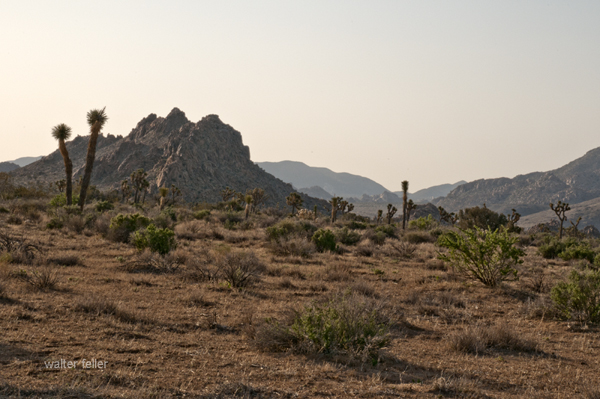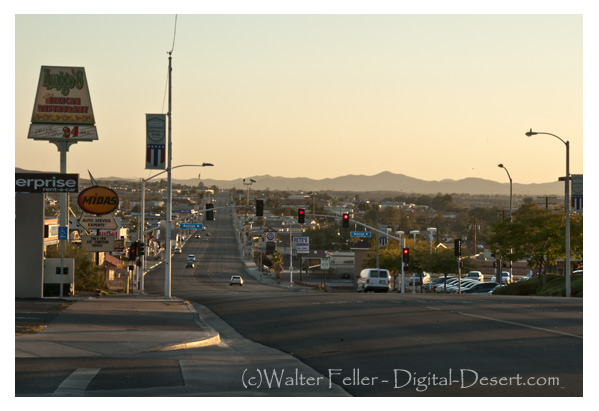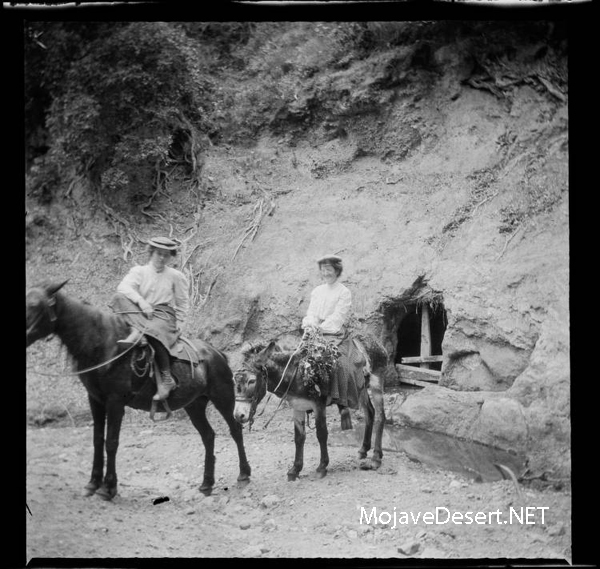
Park Features
- Unique Flora and Fauna: The park is renowned for its namesake Joshua Trees (Yucca brevifolia), which give the landscape an otherworldly feel. It also has various desert plants and animals, including cacti, wildflowers, bighorn sheep, and desert tortoises.
- Stunning Landscapes: The park’s diverse landscapes include rugged mountains, stark desert plains, and unique rock formations. These features provide breathtaking views and excellent opportunities for photography.
- Recreational Activities: Joshua Tree NP is a haven for outdoor enthusiasts. Popular activities include hiking, rock climbing, camping, and stargazing. The park’s clear skies and lack of light pollution make it an excellent spot for astronomy.
- Rock Climbing: The park is a world-class destination for rock climbers, offering thousands of climbing routes of varying difficulty. The unique granite rock formations attract climbers from all over the globe.
- Cultural and Historical Significance: The park has a rich cultural history, with evidence of human habitation dating back over 5,000 years. Visitors can explore historical sites, including remnants of old mines, homesteads, and Native American petroglyphs.
- Accessibility: Its proximity to major urban centers like Los Angeles, San Diego, and Las Vegas makes it an accessible destination for both day-trippers and longer visits.
- Varied Ecosystems: Joshua Tree NP spans the convergence of two distinct desert ecosystems—the Mojave and the Colorado Deserts. This unique positioning offers a variety of environments within the park, each with its own distinct flora and fauna.
These factors, combined with the park’s natural beauty and recreational opportunities, make Joshua Tree National Park a popular destination for nature lovers, adventurers, and tourists alike.


